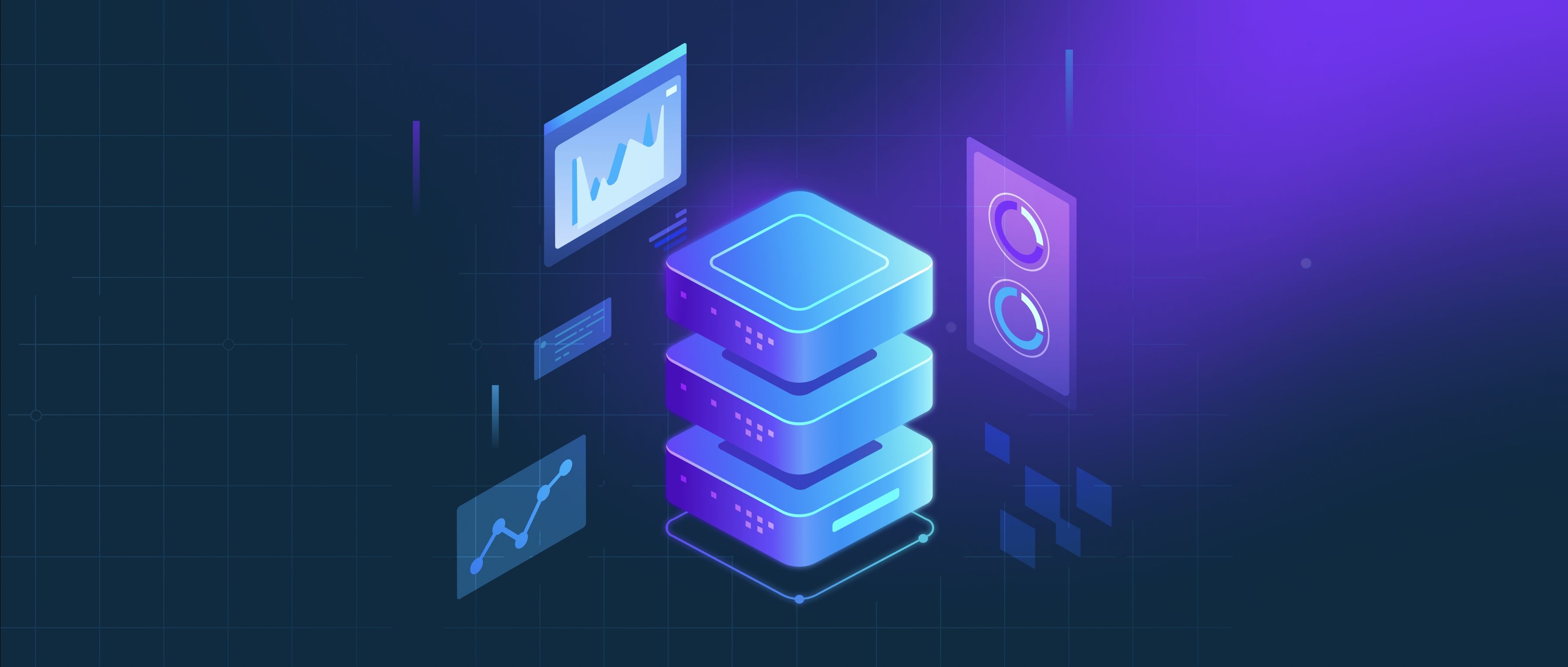Several core technologies are integral to AI development, with the most notable being machine learning (ML), natural language processing (NLP), and computer vision. Machine learning algorithms like regression, classification, and clustering form the backbone of most AI systems. These algorithms allow computers to learn from data, identify patterns, and make predictions without being explicitly programmed. Popular tools for ML include TensorFlow, PyTorch, and scikit-learn. Natural language processing (NLP) focuses on enabling machines to understand and generate human language. Technologies such as spaCy, NLTK, and transformers (e.g., BERT and GPT) are used to process text data and enable applications like sentiment analysis, chatbots, and machine translation. Computer vision, another prominent AI technology, allows machines to interpret visual information from images and videos. OpenCV, TensorFlow (for image recognition tasks), and YOLO (You Only Look Once) are commonly used libraries. Additionally, reinforcement learning (RL) is an emerging AI field that focuses on decision-making and optimizing actions in an environment to maximize rewards. Tools like OpenAI Gym and RLlib are designed to help in developing RL-based applications. AI also relies on supporting technologies such as cloud computing (for scalable resources) and big data technologies (for handling large datasets). These technologies collectively form the foundation of AI systems across industries like healthcare, finance, and autonomous vehicles.
What are the technologies used for AI?

- Master Video AI
- Retrieval Augmented Generation (RAG) 101
- Embedding 101
- How to Pick the Right Vector Database for Your Use Case
- Natural Language Processing (NLP) Basics
- All learn series →
Recommended AI Learn Series
VectorDB for GenAI Apps
Zilliz Cloud is a managed vector database perfect for building GenAI applications.
Try Zilliz Cloud for FreeKeep Reading
How does observability help reduce database downtime?
Observability plays a crucial role in reducing database downtime by providing insights into the performance and health o
What is hybrid search?
Hybrid search combines multiple search methods to improve the relevance and accuracy of search results. Typically, it in
How does AutoML optimize computational resources?
AutoML, or Automated Machine Learning, optimizes computational resources through several key strategies. First, it autom